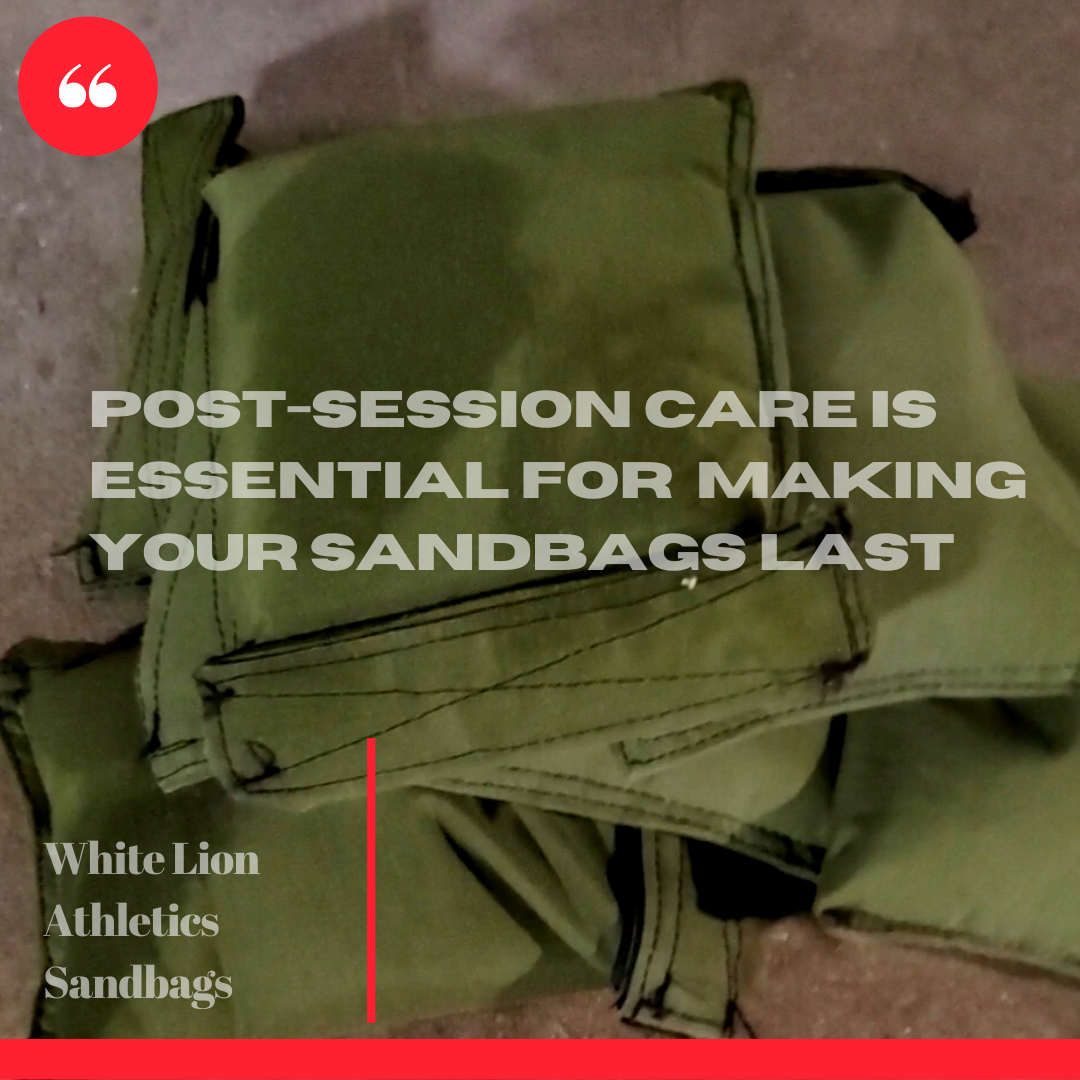
The Best Way to Take Care of your Sandbag: Post Training Rituals (Part 1)
DJ GuzdaShare
The Best Way to Take Care of your Sandbag: Post Training Rituals (Part 1)
The best way to think of your sandbag might be to think of it as a pair running shoes or training shoes; or a pair of wrist wraps or knee wraps.
What you do with these items after training is essential to extending their life as well as keeping them as fresh and clean as possible for your next training session.
It's important to emphasize that Post-Session Care will vary session and it will cary based on your inspection of the sandbag after training.
Much like your own post-training cool down, how you care for your sandbag will depend on what you've put it through (or what it put you through) for the session. The first part is the most important and that is inspecting your sandbag after training
Make Inspection Your First Priority
Inspection of your sandbag post session should happen after the last rep of your last set - make that a habit and you'll put yourself in good position to provide the best Post-Session Care for your sandbag.
Post-Session Care is fundamental and it's best thought of as a post training ritual of sorts: this is what I do every time I am finished my sandbag training. You take care of your body post-training, correct? You should take care of your equipment as well

The Three Step Process for Sandbag Care
- Open the exterior shell bag and remove all fill bags.
- Inspect fill bags for moisture. If there is moisture present, open fill bags and let them air out.]
- Inspect exterior shell bag for moisture. If moisture is present, turn bag inside out and lay out flat to dry.

Circulating air will do wonders for your sandbag by keeping it moisture free and ready for use in your next session. Regardless of the filler you use (rubber mulch or sand), the fiill bag material may still hold moisture after a hard training session, even if the filler will not.
If you see moisture on the fill bags, open them up and let stand open in a place with good air flow so all the moisture can leave the filler as well as the material of the fill bag.
Once the fill bags are out, be sure to turn the exterior shell bag inside out and lay it out flat so air can circulate through it.

Keeping your exterior shell and fill bags moisture free will reduce the chances of mold and bacteria building up and keep it from smelling a dirty locker room.
The last things you want to do is leave a sweat covered sandbag closed up in warm environment where mold and bacteria can grow.
Conclusion
Your sandbag is tough; however, it will last much longer and remain a pleasure to use if you implement a regular procedure for post session care.
About the Author
DJ Guzda, MA : Co-Founder of White Lion Athletics. Kettlebell coach (Agatsu L1); Steel Mace Flow L1 (Hons); Steel Mace Specialist (Rik Brown).
